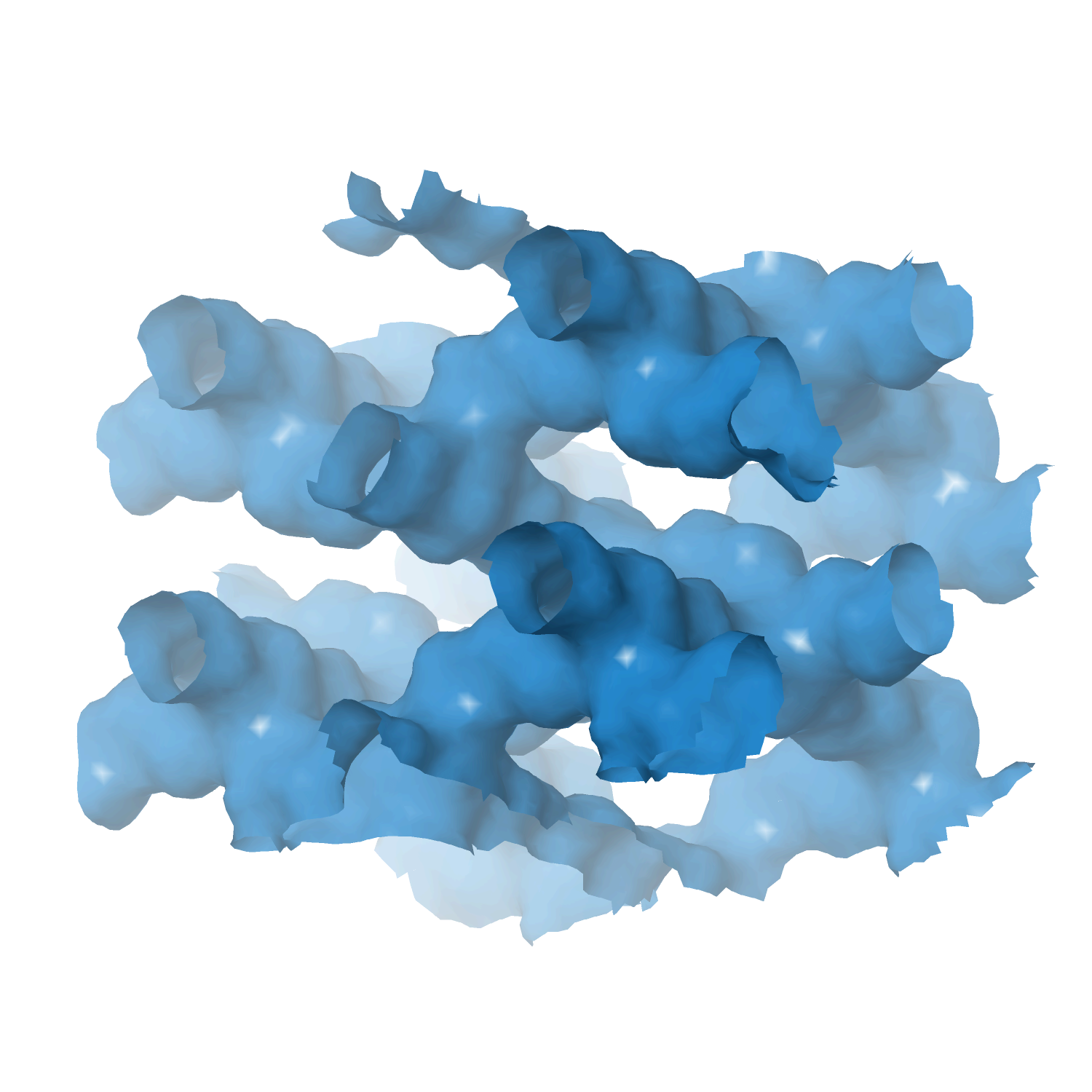Heterogeneous catalyst engineering ⇒ from stable and deactivation resistant to viable technical catalyst
Advances in heterogeneous catalyst “structure” are driven to improve their “function” or performance, i.e., activity, selectivity, and stability. Cooperative research is required to understand the structure and function relationships: developing new synthesis protocols for heterogeneous catalysts with unique surface properties, defined porosity, identification and understanding of catalytically active sites, reaction mechanisms, and finally, prediction and analysis of the processes using various computational tools.
Our group focuses on developing new catalyst formulations using innovative synthesis routes for various important heterogeneous catalysts. That includes thermal, electro, and bio-electro catalysis.
The active phase cannot be used directly in its final application or reactor for various reasons, including poor mechanical resistance, heat or mass transport, and fluidization features. We must mix the active phase with other ingredients in a matrix of binder and filler, while we shape it into a technical catalyst. We investigate new synthetic protocols for technical catalysis using spray drying and fluidized beds to cover the whole range of sizes. At the same time, we incorporate additional (unconventional) ingredients such as SiC to improve some features even further.
- Technical catalyst I ⇒ spray drying and extrusion
- Technical catalyst II ⇒ spray fluidized bed reactor
- Technical catalyst III ⇒ electrospinning
- Zeolite catalysts ⇒ with defined structure/porosity
- Multi-metal (high entropy) alloy catalysts
- MXene catalysts ⇒ single and multi-dimensional
- Perovskite catalysts
- Metal-organic framework (MOFs) catalysts
- Supported metal/metal-oxide catalysts
- Aerogel catalyst
Effect of the particle blending-shaping method and silicon carbide crystal phase for Mn-Na-W/SiO2-SiC catalyst in oxidative coupling of methane
by
Lezcano, Kulkarni, Velisoju, Musteata, Hita, Ramirez, Dikhtiarenko, Gascon, Castaño
Mol. Catal.
Year:
2022
DOI:
https://doi.org/10.1016/j.mcat.2022.112399
Abstract
Supported Mn-Na-W on silica is a benchmark catalyst for oxidative coupling of methane due to its appropriate ethylene yields. Here we compare eight catalysts with the same active phase (Mn-Na-W) and variable support composition or particle blending-shaping method to evaluate the effect of the support. First, we explore the different preparation methods (impregnation, ball milling, and spray-drying), concluding that spray-drying leads to a promising selective catalyst. Then, we compare different SiC crystal phases (α+β and β), keeping the same composition and shaping method (spray-drying). The catalyst with α+βSiC crystal phase has significantly more activity than the β one in 30 h reaction runs. Finally, we assess the effect of process conditions to improve the yields (15 % at 800°C) of the most promising catalyst: spray-dried and with α+βSiC. The roles of the blending-shaping method and SiC crystal phase are explained by the induced differences in oxidation behavior and active phase distributions.
Keywords
CHA
HCE
